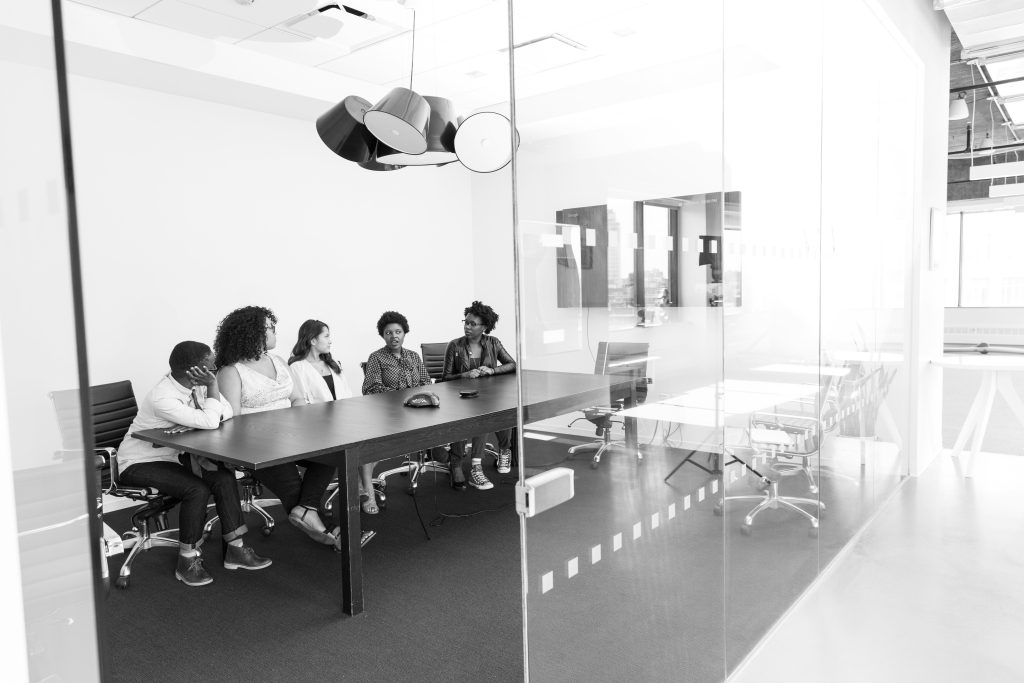
October is Mental Health Month — an important reminder that leadership isn’t just about strategy or results. It’s about people. This year the theme is ‘Building Resilience: Communities and Connections’.
As business owners and leaders, we often talk about how we want our team to feel supported, valued, and heard. Yet, in the busyness of running a business, conversations about mental health can often fall behind client needs, deadlines, and growth targets. The truth is, when we take care of our people, our organisations become stronger, more adaptable, and better equipped to navigate change.
This month we’re exploring what it really means to lead with care, and how businesses can build workplace cultures and policies that support mental health in sustainable and practical ways.
I’ll share a few professional experiences to shed light on what happens when leaders create space for empathy, trust, and genuine connection to people’s wellbeing at work. Here is an accessible guide to building a resilient ecosystem of wellbeing — one that supports your people, your culture, and your broader network of customers and suppliers, so that community wellbeing is embedded into the fabric of your workplace.
Why resilience begins with connection
Too often “mental health at work” gets framed as a series of individual fixes — an employee’s stress levels, their self-care, their resilience. But real resilience happens when we treat wellbeing as part of the whole ecosystem: considering our employees, as well as managers and leaders, the business culture, our relationships with suppliers, and the experience of our customers. Beyond Blue’s Seven Actions framework reminds us of three complementary spheres: promotion, protection, and support.
A healthy workplace doesn’t just protect from harm — it promotes a shared sense of purpose, connection, and psychological safety. When your team feels connected not only to the work they do, but to each other and to the wider business community, they’re far better placed to withstand or recover quickly from challenges.
What this looks like in practice
Start by modelling and communicating values that matter: become a leader who shows they care, start conversations about how work is going, and recognise everyday effort, not just the outcomes. Strong leadership and engagement with a mental health and wellbeing policy at all levels is a foundational step in embedding change. When a manager asks “How are you today?” not just “What have you done today?”, the message shifts to show that you matter as a person, not just your deliverables.
Design your work community with connection built in. This can include weekly peer check-ins, mentoring programs, small group forums, or supplier-partner catch-ups that begin with wellbeing rather than just task review. It also means spotting those who might be isolated — remote staff, lone roles, new suppliers — and giving them opportunities to connect socially, professionally, and personally.
Ensure your business ecosystem reflects the same values. When your suppliers are part of your network, you can invite them into the wellbeing conversation: do they feel supported too? Is there transparency, kindness, and care in how you treat partners? Engaging your community in a shared sense of care and connection lays the foundation for an inclusive culture where people’s wellbeing comes first. Having a mental health strategy within your organisation isn’t only about risk mitigation — it’s about building the capacity to thrive.
Your strategy should include both proactive and reactive elements: training and awareness (promotion), identifying and reducing harmful demands or psychosocial risks (protection), and making sure people have easy access to resources and services when they need them (support).

Building resilience through a simple, human-centred checklist
Here are some key practices you can embed now:
- True leadership means showing your people the organisation’s values and where they fit in. Position mental health as a core business value and driver of success.
- Create rituals of connection. It could be a monthly “community forum” where suppliers, employees, and customers share stories; peer groups that meet for short check-ins; or informal social time built into work.
- Design work with people in mind. Role clarity, realistic workloads, fair expectations. When work demands align with capacity, stress is reduced.
- Offer accessible support. Make sure your team knows where to turn if they’re struggling. This could include internal peer mentors, a confidential Employee Assistance Program (EAP), or external professional help such as a doctor, psychologist, or counsellor. Clearly communicate how to access these supports and reassure your team that seeking help is confidential and encouraged.
- Embed communication loops. Ask for feedback: “Do you feel connected and supported in your work?” and “What would help you feel more included?” Use their insights to evolve your culture and improve your strategy.
- Celebrate connection, not just outcomes. Recognise teamwork, peer support, and community building. Highlight moments when someone stepped up, went out of their way, or included someone new.
- Extend wellbeing outward. Think about how you engage your customers and suppliers. Are your values reflected in how you treat them? Can you invite them into your culture of connection?

As you reflect this Mental Health Month, consider:
-
What support systems exist in your workplace for mental wellbeing?
-
How do your policies reflect care for your people?
-
What could you do this week to strengthen that foundation?
These actions help build workplaces that don’t just perform, but sustain your most valuable asset — your people.
Moving forward, when you reflect on “resilience through communities and connections”, remember you’re not just doing a wellbeing initiative — you’re shaping a culture. When connections are strong, resilience follows. By embedding simple practices of care, communication, and inclusive design, you’re not only supporting individual wellbeing — you’re strengthening your whole business ecosystem: the team, partners, and clients.
For additional tools and insights on supporting mental health in your workplace, visit the Black Dog Institute.
If you’re interested in deepening your understanding of leadership within healthcare from an international perspective, we encourage you to explore the 2026 Advocate Health For All Conference, where Patricia will contribute to a global conversation on wellbeing and leadership in action. Reach out to Patricia to learn more.
Email: patricia@theimpactleague.com
Book a chat in my calendar.
Patricia Kaziro is the Director of Global Learning Solutions at Impact Business School. In 2015, Patricia established the GROW program, in collaboration with City of Sydney Council and Neami National, to offer a fresh approach to mental health support for outpatients from St Vincent’s Hospital, Sydney. By engaging participants in innovative gardening and nature-based activities in a horticultural therapy program, GROW provided a therapeutic space for healing, personal growth, and reconnection with the natural environment and community around them.
